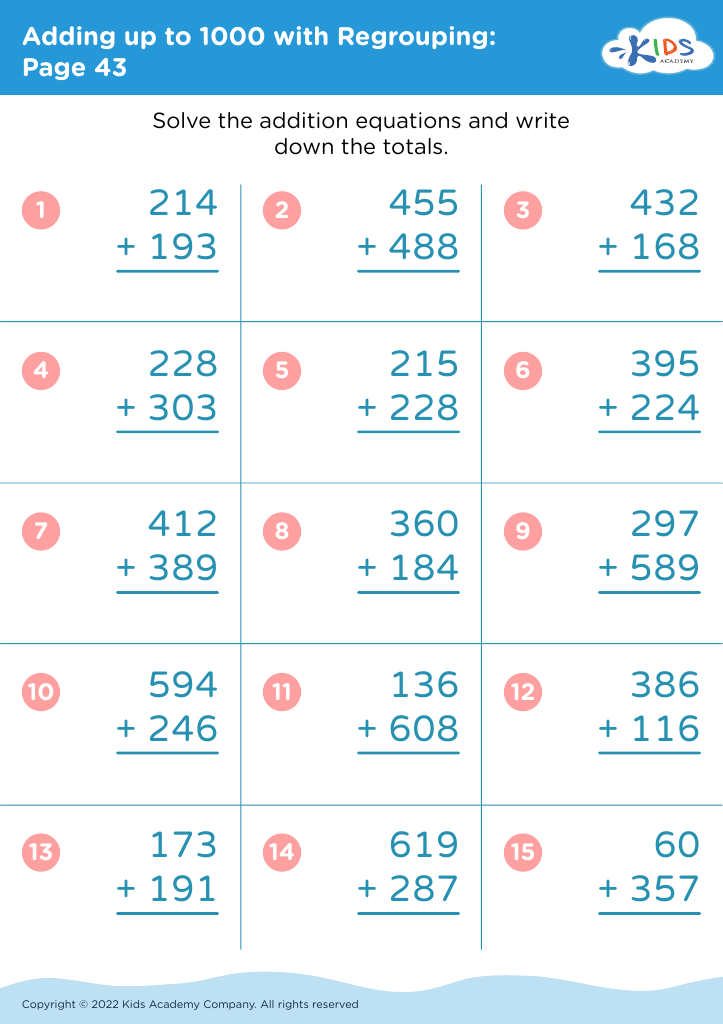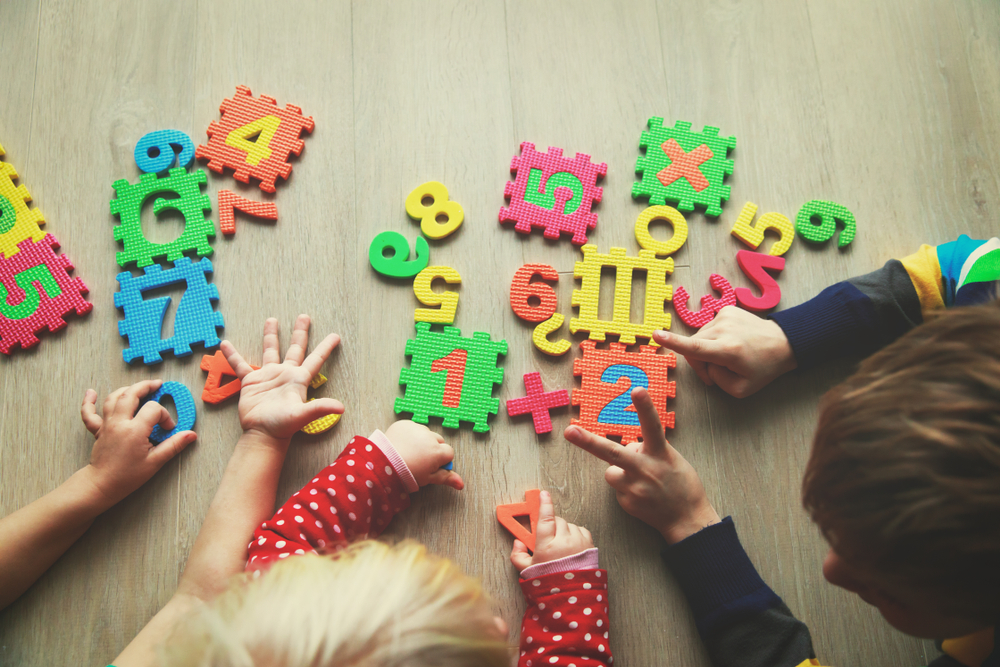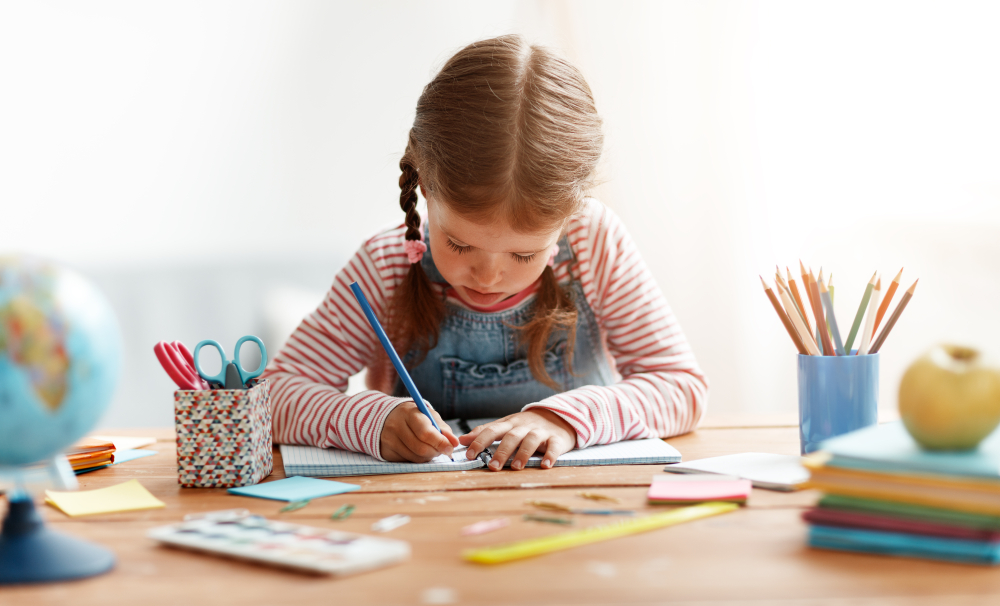Develop handwriting skills Worksheets for Kids
1 filtered results
-
From - To
Question/Answer
How to train the Develop handwriting skill in Grade 2 students learning about Adding up to 1000 with Regrouping?
To train Grade 2 students in handwriting while learning addition up to 1000 with regrouping, incorporate writing exercises that involve solving math problems on paper. Use graph paper to help them align numbers properly, and encourage neat, legible writing. Practice worksheets with step-by-step addition problems can reinforce both handwriting and mathematical skills simultaneously. Positive feedback on neatness can motivate improvement.
How to test a Grade 2 student’s Develop handwriting skills?
To test a Grade 2 student's handwriting skills, provide them with a sample paragraph to copy, assessing their letter formation, size consistency, spacing between words, and overall legibility. Also, evaluate their grip on the writing instrument and posture. Use a grading rubric for standardized assessment, focusing on the aforementioned criteria.
What does the Develop handwriting skill mean when it comes to Grade 2 Adding up to 1000 with Regrouping learning?
Developing handwriting skills in the context of Grade 2 Adding up to 1000 with Regrouping means ensuring students can legibly write numbers and mathematical symbols. This skill helps students clearly communicate their mathematical thinking and processes, particularly when performing operations like addition that require regrouping, by organizing their work neatly on paper.












